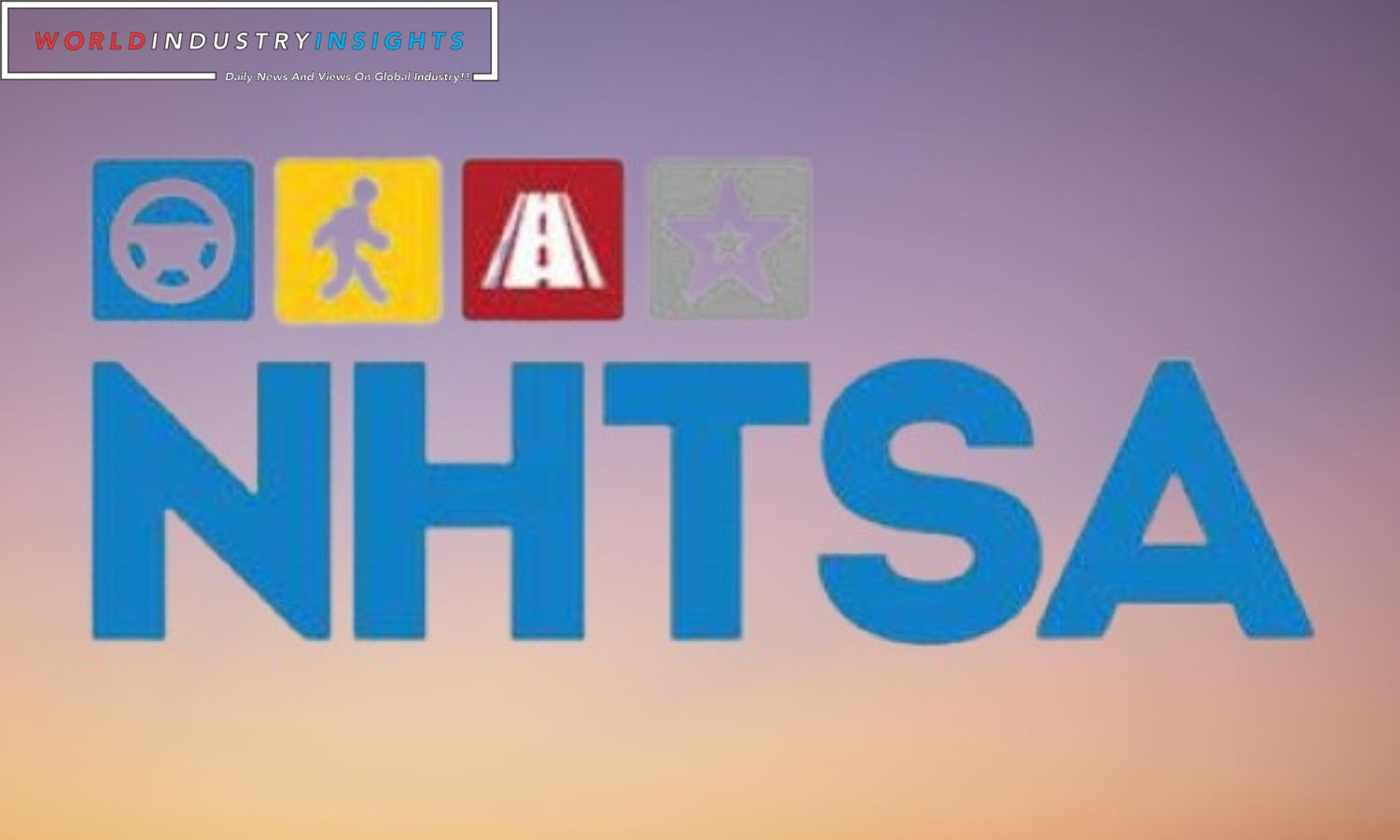NHTSA Plan Aims to Boost Traffic Safety: Traffic safety is pushing for new approaches. A life-changing concept has been proposed by US car safety officials. These officials keep people safe and reduce automobile accident deaths and injuries. This NHTSA plan proposes for greater and more ubiquitous warning systems. This is a campaign to increase seat belt use, which reduces traffic accidents. Over the past few years, automobile accidents have caused serious injuries and deaths. Thus, we must act immediately.
The proposed system involves both front- and back-seat passengers. This strategy works for front- and back-seat passengers. This strategic development expands on driver-friendly warnings. This creates a whole-person approach beyond cars. This group includes cars, trucks, and buses under 10,000 pounds.
The story begins with past events to set the scene. This idea has been around for almost a decade, and in 2012, Congress ordered these devices for rear passengers. The mandate stated “mandatory these systems for rear passengers”. The official procedure moves slowly, but the new guidelines are almost complete. People will discuss, improve, and decide on these rules for at least a year.
This bargain encourages seatbelt use. This narrative has only been told from the front passenger seat until now. The symphony of visual and aural cues in these gadgets encourages seat belt use. In light of the new regulations, the agency’s calculations are statistically significant. It is projected to prevent over 100 road deaths and 300 non-fatal injuries annually.
This thought grows against terrible circumstances. COVID-19 has worsened a terrible condition. This has shaped the picture, which shows the horrific spike in US road deaths. The news comes as NHTSA interim director Ann Carlson makes statements. Her statement is unfortunate because approximately half of the 43,000 persons who died in 2021 vehicle accidents did not buckle up.
In this strategic scenario, the suggested rule is a herald of change that can advance traffic safety. Because the proposed rule could impact traffic safety. Carlson’s declaration sends a clear message: the well-thought-out rule can save lives. This should make more people appreciate the need of seat belts.
Read More: U.S. Dollar Holds Strong Near 10-Week High Amidst Global Currency Market
The NHTSA releases a surprising statistic showing how successfully seat belts prevent car accidents. It was part of culture from 1960 until 2012. Safety seat belts have saved 329,715 lives. This breakthrough is more essential than all other automotive innovations, including seatbelts.
The suggested rule’s technical architecture has several carefully considered measures. Any visible warnings should stay on the screen for at least one minute when the car starts. This time is set aside to show the driver the back seat belts. If a rear seat belt is unbuckled while driving, an audio and visual signal will sound simultaneously for at least 30 seconds.
However, this story extends beyond simple rules. This indicates you understand inventiveness and adaptability completely. The framework creates a flexible conduit for producers to update warning message parameters. Effectiveness is the project’s foundation, and user acceptance is essential. This shows how car owners and safety design improve each other.
Transitions will always accelerate change. Harmonized with a final rule requiring rear seat warnings, full compliance makes sense in practice. This rule requires back seat advice. The makers have two years to combine innovation and regulation.
This story is built of data threads and critical realizations. Seat belts protect people because occupants in the back seat of automobiles are 55% less likely to die and SUV passengers are 74% less likely. Seatbelts are effective defenses.
Even while this topic has briefly made it tougher for them to be heard, sector stakeholders are still being heard. A collection of large automakers that collaborate to compete in the auto market.
Our Reader’s Queries
What is the main goal of the NHTSA?
The safety of people on America’s roads is the responsibility of the National Highway Traffic Safety Administration. By enforcing vehicle performance standards and collaborating with state and local governments, NHTSA effectively minimizes fatalities, injuries, and economic losses resulting from motor vehicle accidents.
What is the NHTSA responsible for?
The National Highway Traffic Safety Administration (NHTSA) is responsible for investigating safety defects in motor vehicles, enforcing fuel economy standards, and reducing the threat of drunk drivers in states and local communities. They also promote the use of safety belts, child safety seats, and airbags to ensure the safety of drivers and passengers. Additionally, the NHTSA investigates odometer fraud and establishes regulations to improve vehicle safety.
What does the NHTSA regulate?
NHTSA, a Federal agency, is responsible for ensuring the safety of motor vehicles and their associated equipment.
What is the NHTSA safety Act?
The Highway Safety Act of 1970 (23 U.S.C. 401 note) gave birth to the National Highway Traffic Safety Administration (NHTSA) with the aim of curbing the number of fatalities, injuries, and financial losses caused by motor vehicle accidents on the country’s highways.


